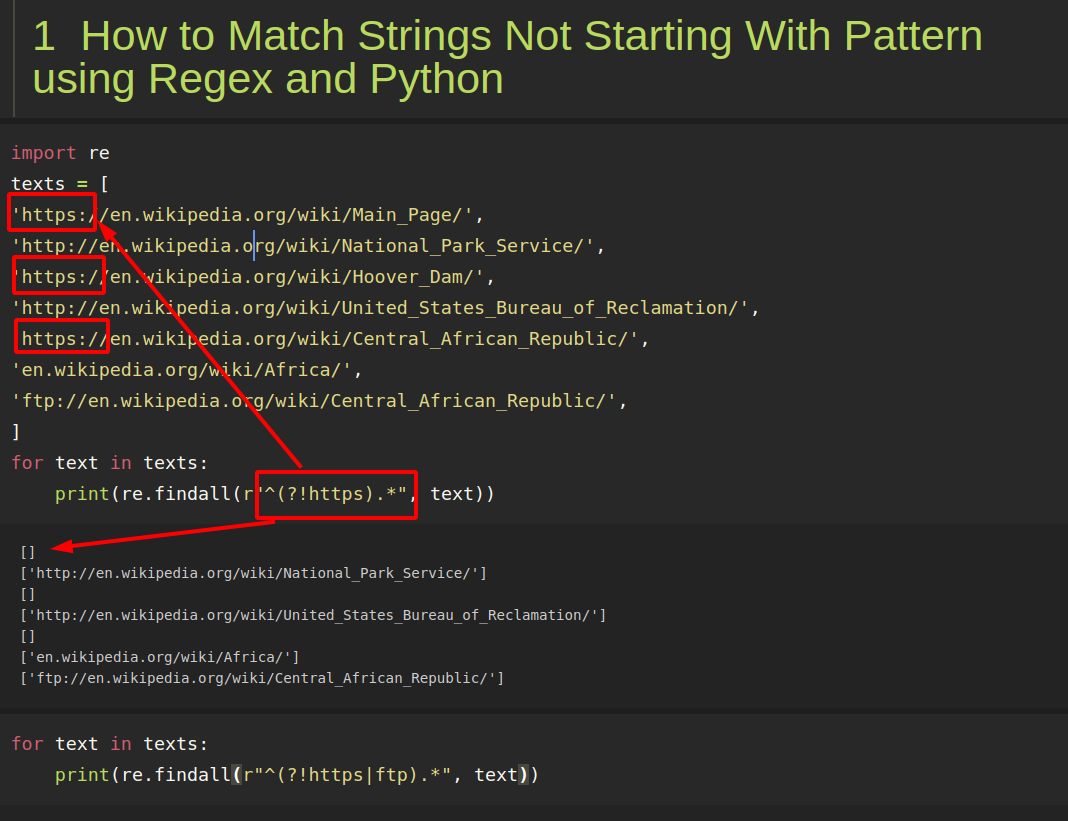
The emp_info table contains the below records. To evaluate that pattern, we use RLIKE function in the hive query. To fetch the valid email address, we need to write the pattern using the regular expression. Here the email_id column may contains the invalid email address. It contains three columns such as emp_id,name and email_id. Lets look at the RLIKE function with an example. This should normally be used when writing regexps, so that backslashes are interpreted literally rather than having to be escaped.Example : To fetch email address with specific pattern The r preceding the expression string indicates that it should be treated as a raw string. Some of the regular expression functions do not support adding flags as a parameter when defining the pattern directly in the function, if you need any of the flags, it is best to use the compile function to create a pattern object. In other languages, these would be constants, but Python does not have constants. The flags themselves are simply variables referring to an integer used by the regular expression engine. The second, optional, argument is the flag or flags to modify the regexp's behavior. The first argument is the pattern, which matches the string "foo", followed by up to 5 of any character, then the string "bar", storing the middle characters to a group, which will be discussed later. To create a pattern object, use the compile function. If you're going to be using the same regexp more than once in a program, or if you just want to keep the regexps separated somehow, you should create a pattern object, and refer to it later when searching/replacing. Ignores whitespace except when in a character class or preceded by an non-escaped backslash, and ignores # (except when in a character class or preceded by an non-escaped backslash) and everything after it to the end of a line, so it can be used as a comment. Makes \w, \W, \b, \B, \d, \D, \s, \S dependent on Unicode character properties character match every character including newlines. Makes the ^ and $ characters match at the beginning and end of each line, rather than just the beginning and end of the string Makes the behavior of some special sequences ( \w, \W, \b, \B, \s, \S) dependent on the current locale The different flags use with regular expressions: escape ( r 'This text (and this) must be escaped with a "\" to use in a regexp.' ) 'This \\ text \\ \\ (and \\ this \\ ) \\ must \\ be \\ escaped \\ with \\ a \\ \\ " \\\\\\ " \\ to \\ use \\ in \\ a \\ regexp \\. The match and search functions do mostly the same thing, except that the match function will only return a result if the pattern matches at the beginning of the string being searched, while search will find a match anywhere in the string. Python offers several functions to do this. One of the most common uses for regular expressions is extracting a part of a string or testing for the existence of a pattern in a string. group ( 2 ) # Prints "HelloTom" Matching and searching group ( 0 ) # Prints the whole match disregarding groups print match. match ( "(Hello|Hi) (Tom|Thom)", "Hello Tom Bombadil" ) if match : # Equivalent to if match is not None print match. findall ( "(l+)(.)", "Hello Dolly" ): print match, match # The groups end up as items in a tuple match = re. findall ( "e(l+.)", "Hello Dolly" ): print match # Prints "llo" match picks group 1 for match in re. findall ( "l+.", "Hello Dolly" ): print match # Prints "llo" and then "lly" for match in re. sub ( r "(?i)EY", r "ey", "HEy" ) # Prints "Hey" case-insensitive sub for match in re. I ) # Prints "Hey" case-insensitive sub print re.


sub ( r "(.*)\1", r "\1", "HeyHey" ) # Prints "Hey" backreference print re. sub ( "l+", "l", "Hello" ) # Prints "Helo" replacement AKA substitution print re. I ): print 4 # Case-insensitive match print re.

match ( ".el", "Hello" ): print 3 if re. match ( "ell.", "Hello" ): print 2 # The beginning of the string has to match if re. search ( "l+", "Hello" ): print 1 # Substring match suffices if not re.


 0 kommentar(er)
0 kommentar(er)
